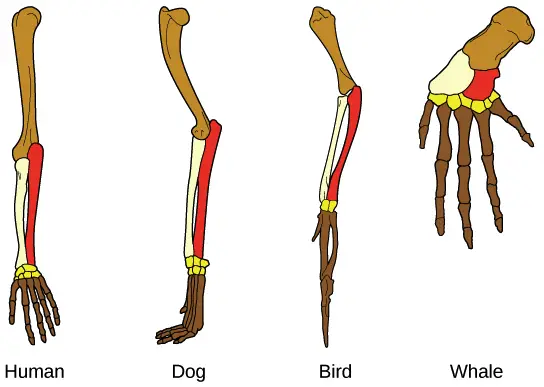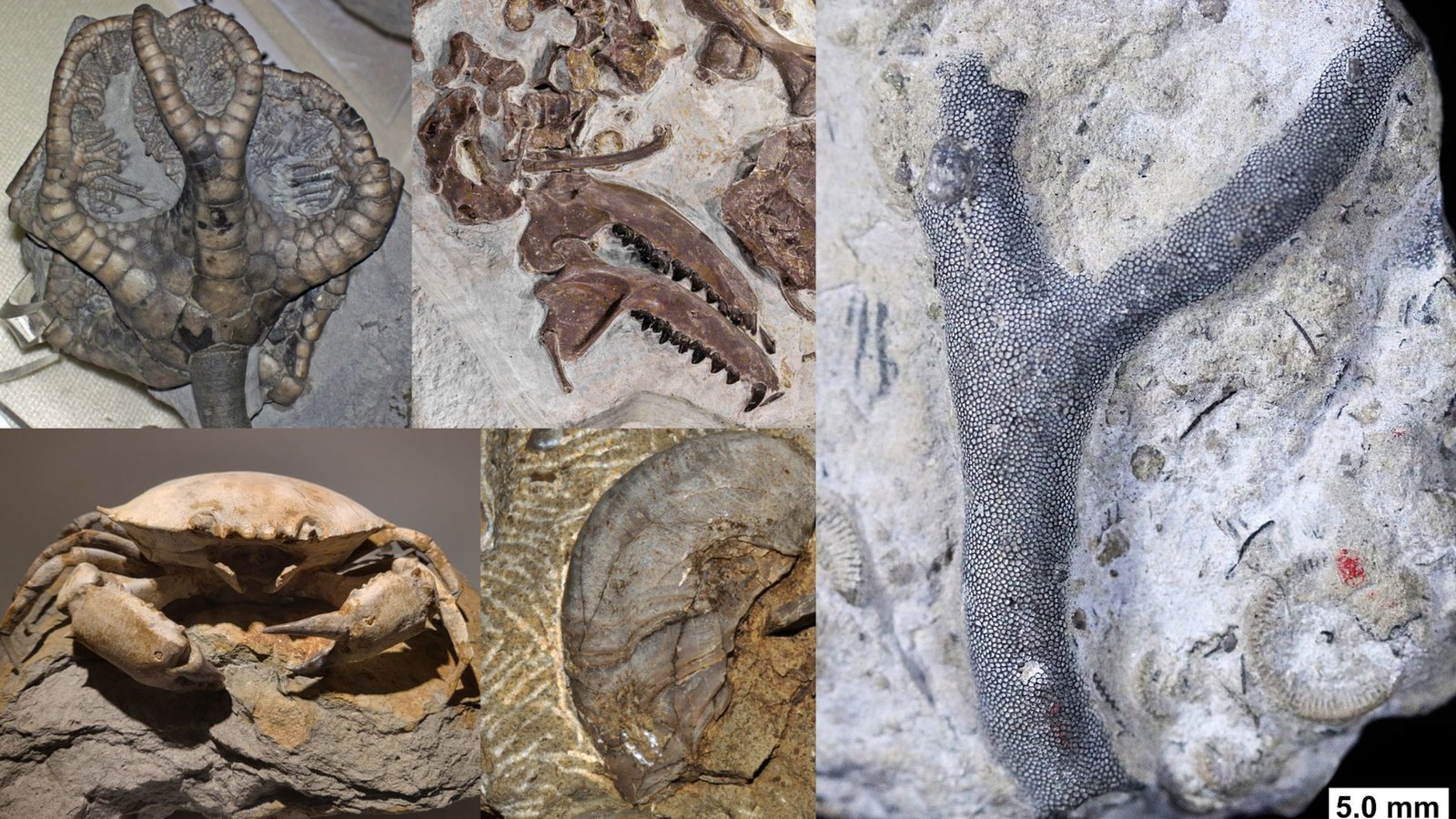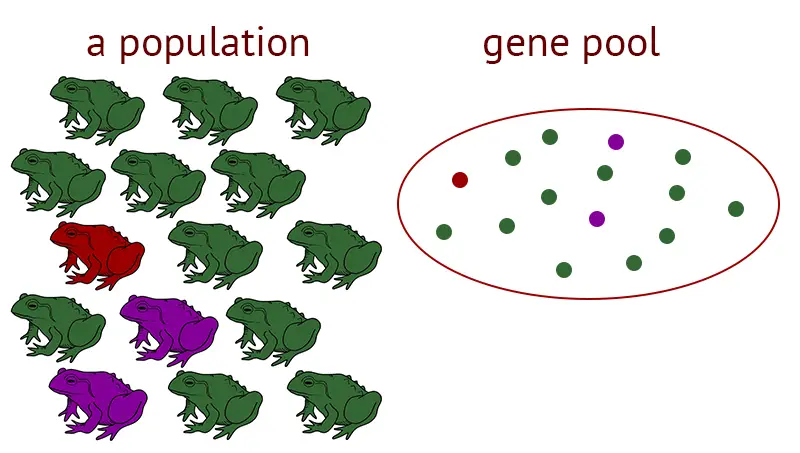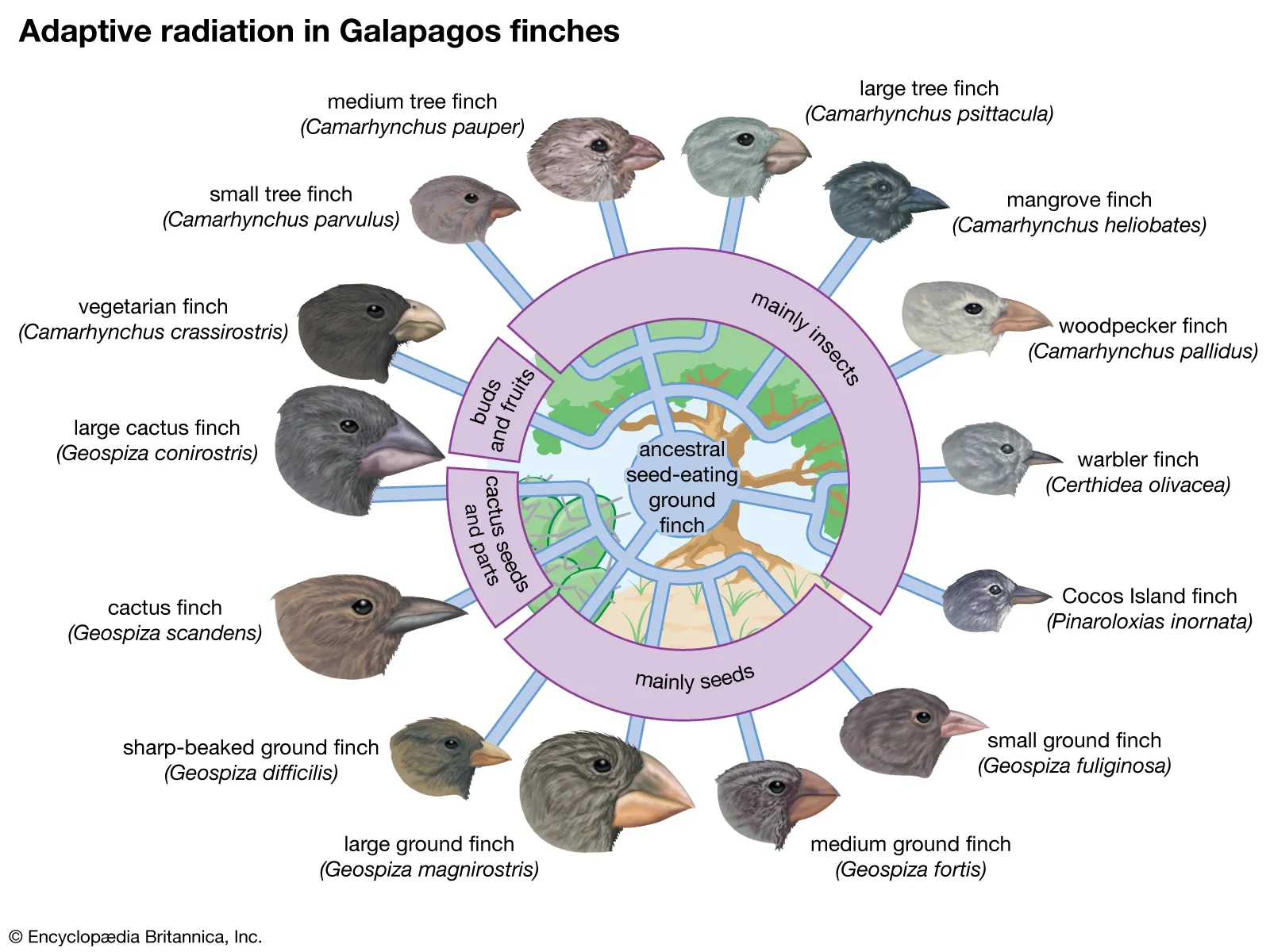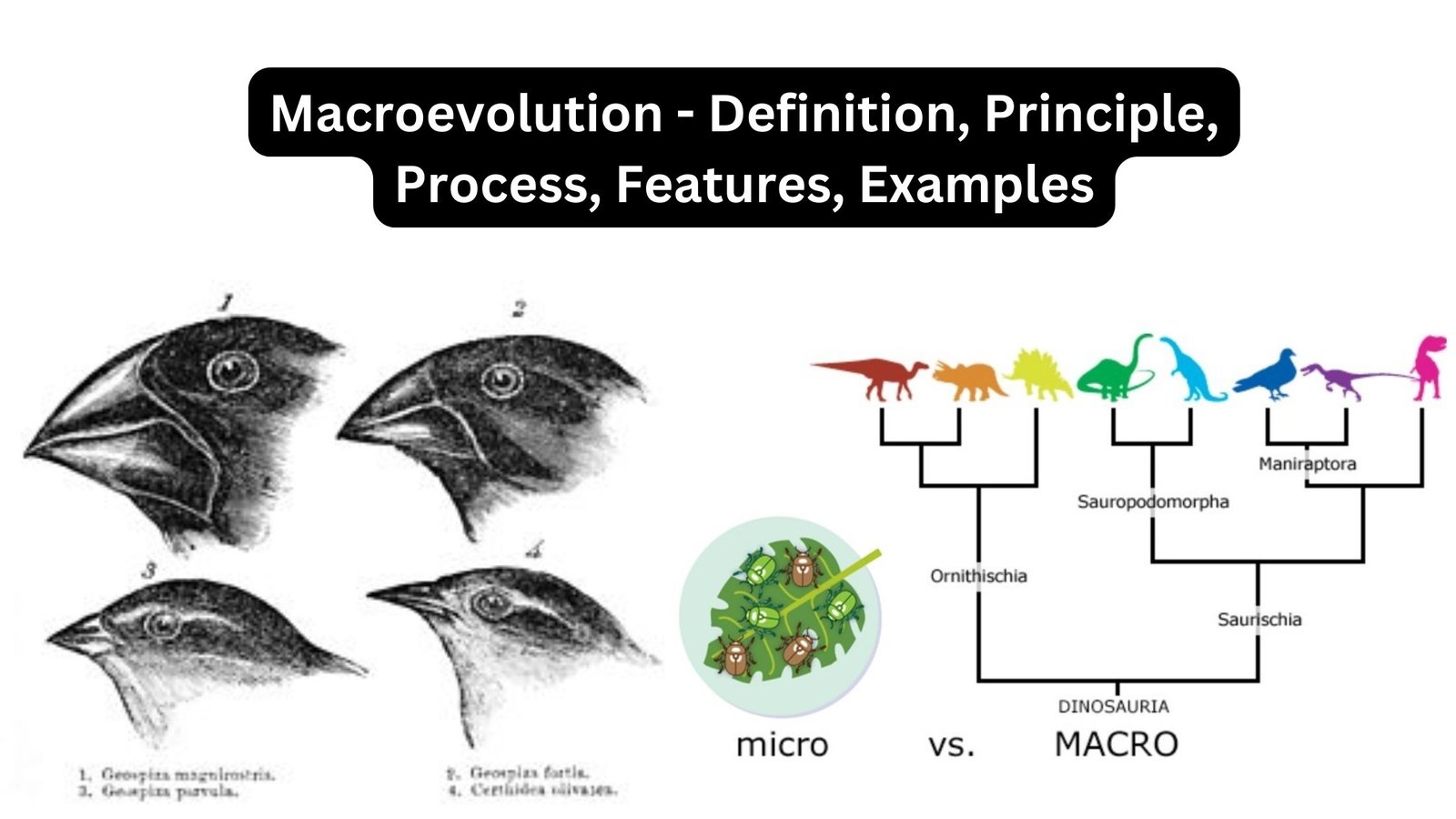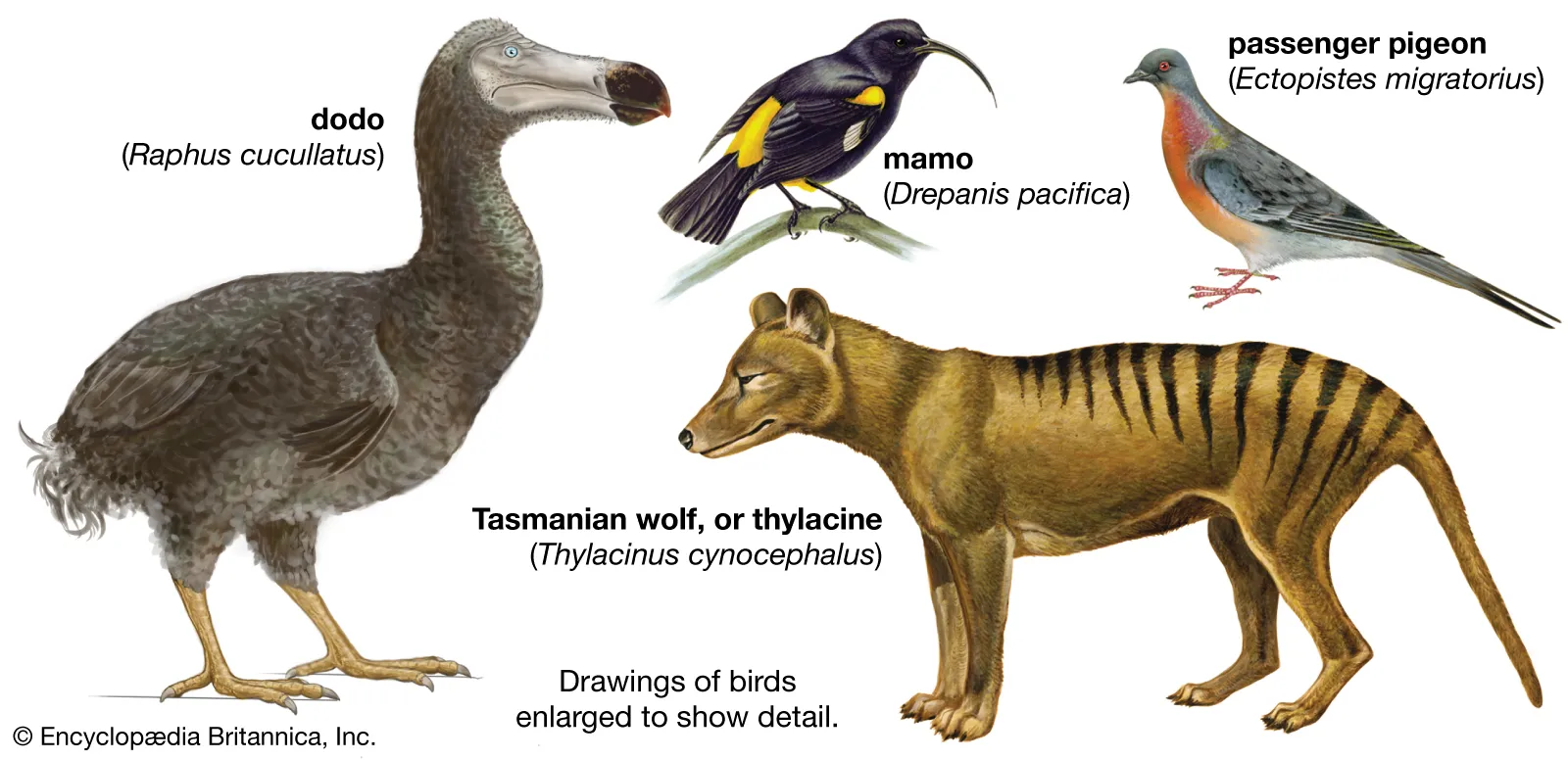Altruism among Animals – Definition and Evolution
What is Altruism? Evolution of Altruism The evolution of altruism has been a subject of fascination for socio-biologists, as seemingly selfless behavior can be observed in various animals, including humans. Over the past two decades, researchers have put forth three explanations to shed light on the evolution of altruistic behavior. The first explanation revolves around … Read more


